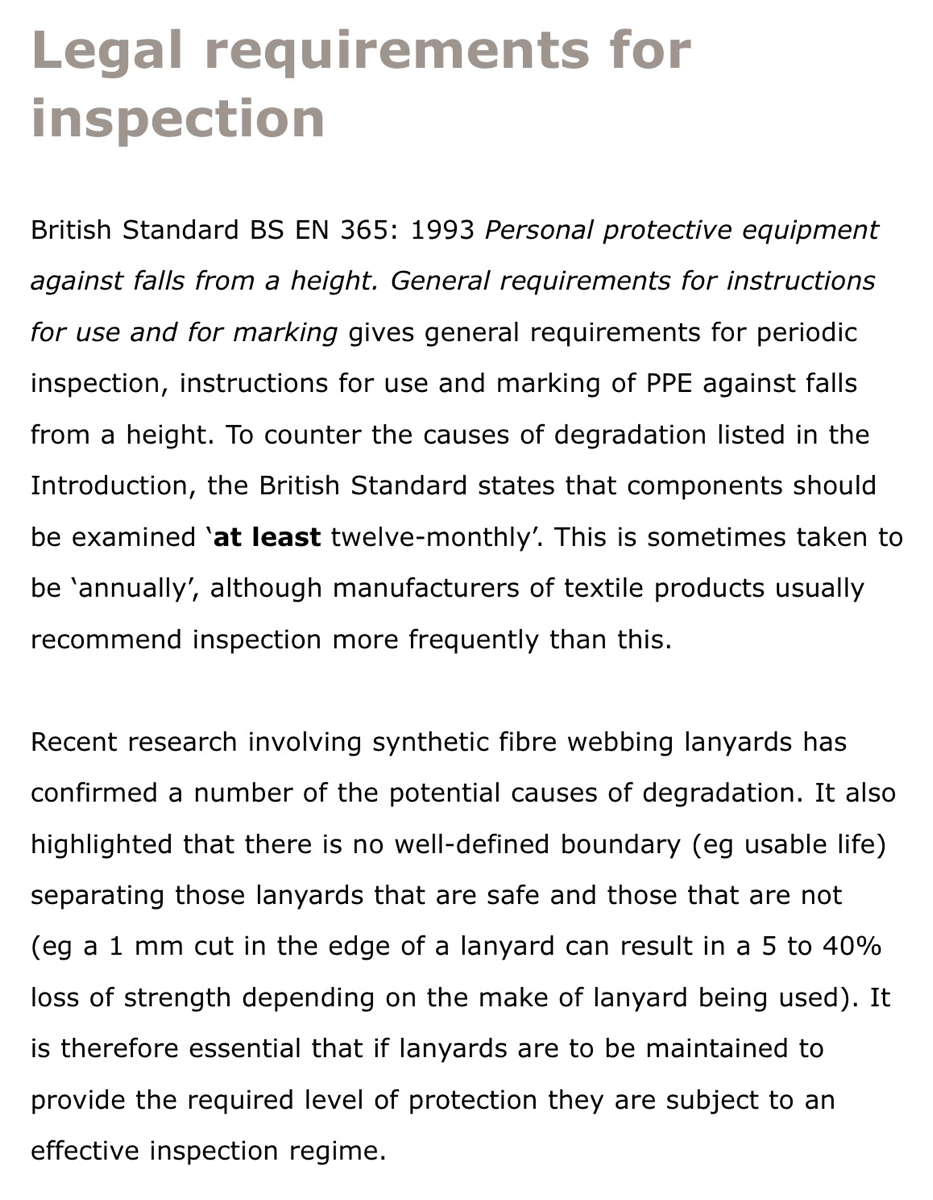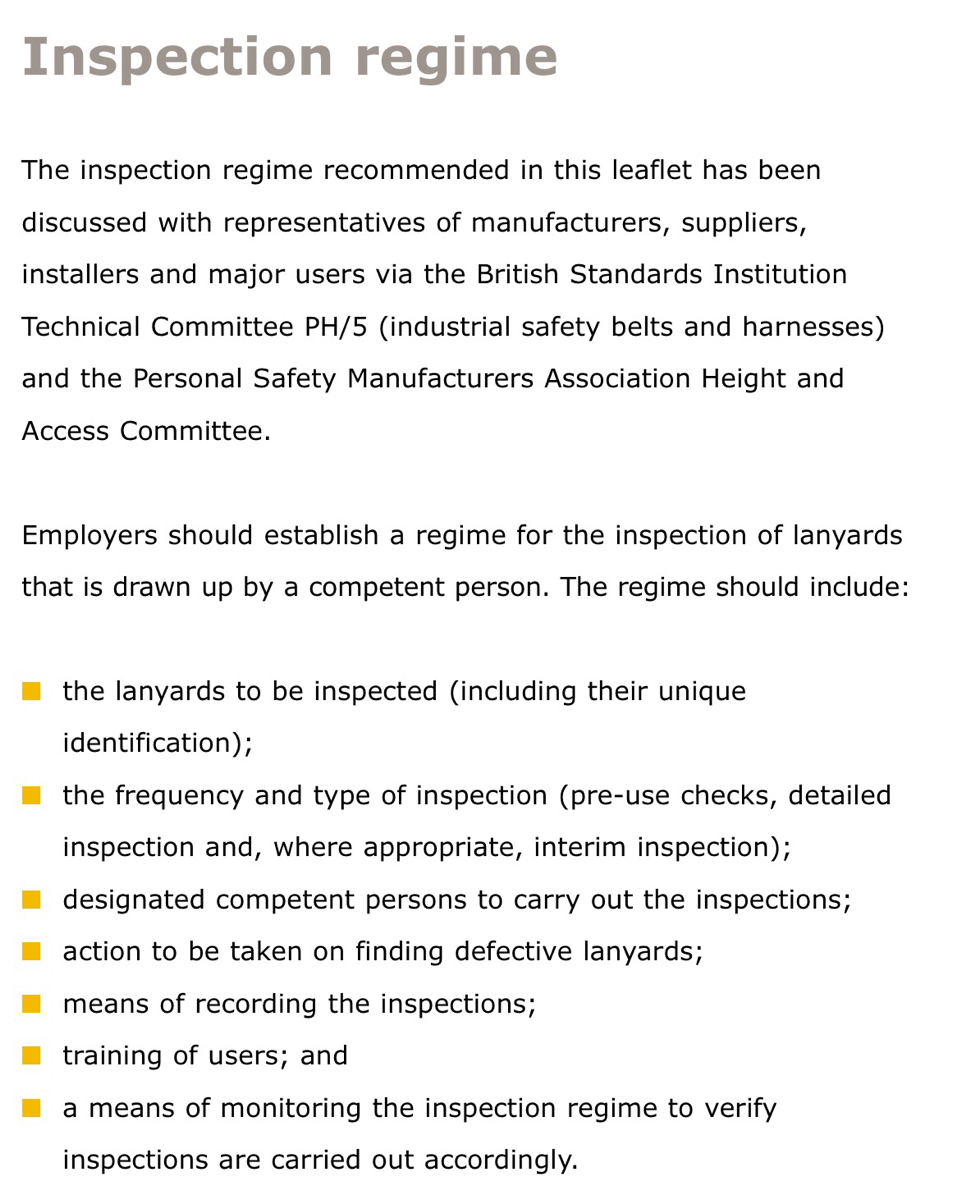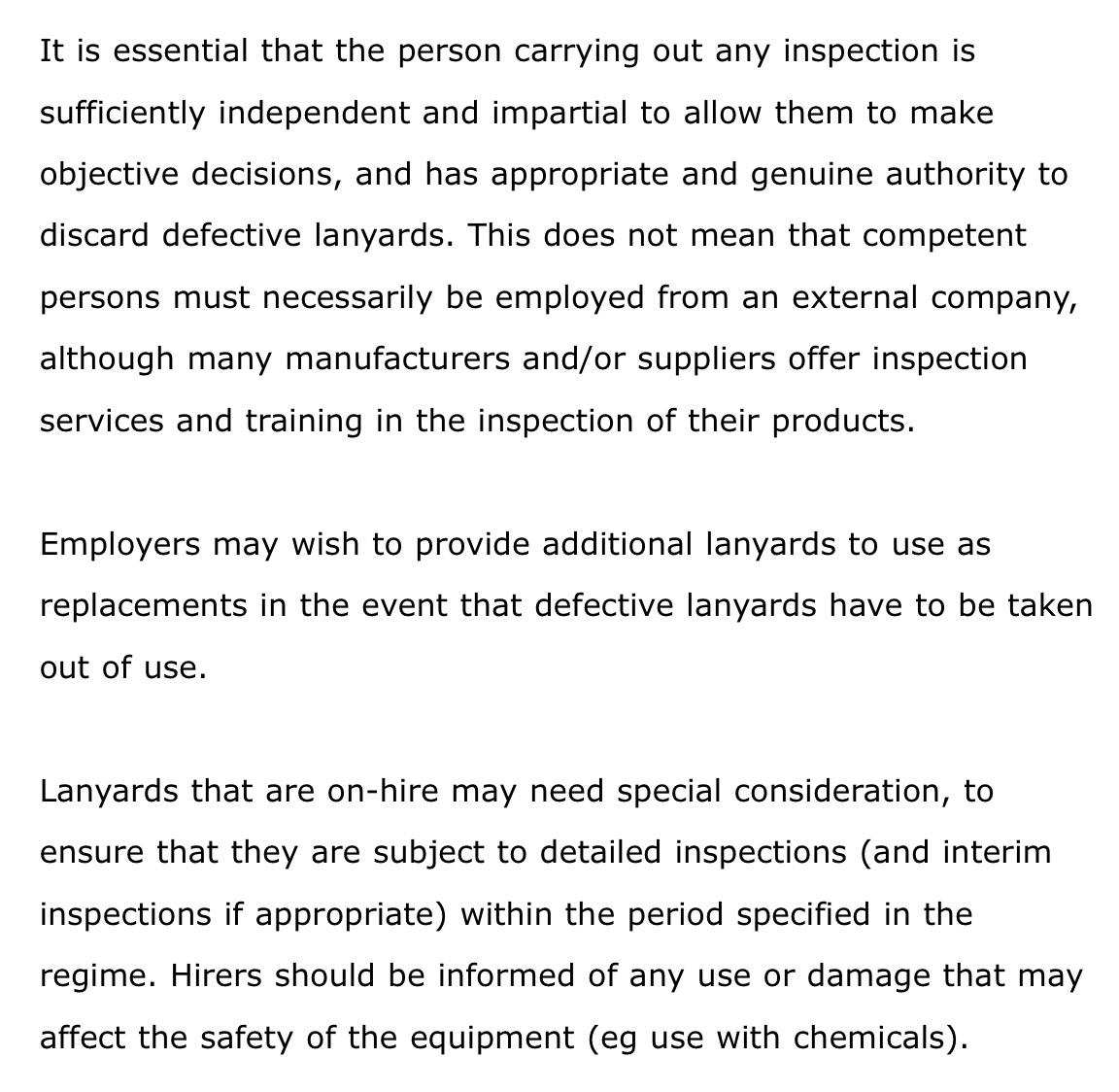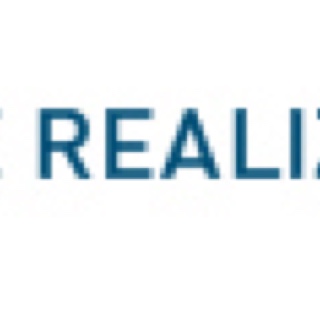Information
-
Conducted on
-
Prepared by
-
Location
-
Personnel
Harness Inspection Checklist
Legal requirements for inspection
Harness & Lanyard Inspection
-
The wearer must make a visual inspection of Safety Harness before use.
A “Competent Person” should examine the Safety Harnesses at least every 6 months.
A “Competent Person” should also examine a Safety Harness/es, after a fall or other circumstances in which the equipment has been deployed, before it is re-issued for use. The following points should be looked for when examining a Safety Harness on site.
Finding a Harness that is in your opinion not safe to be used should be taken and put in a secure and safe place so that nobody can use it, and the site supervisor notified.
-
Operative / Harness
Harness / Operative
-
Harness Serial Number
-
Webbing and Leather<br>Examine for cuts, cracks, tears or abrasions. Stretching, and distortion, damage due to age, heat, weather conditions, acids or any other corrosives chemicals used on site.
-
Snap Hooks<br>Examine for damaged or distorted hooks, faulty springs and strained jaws
-
Buckles<br>Carefully examine the shoulders of the buckles;<br>Inspect for open or distorted rollers, and undue wear.<br> <br>
-
Sewing<br>Examine for broken, cut or worn threads, open seams and failed stitching.
-
Lanyards, ropes and chains<br>Examine for damage or signs of wear and, in the case of ropes, inter-strand wear, unravelling extension and fusion.
-
Unauthorised modifications<br>Examine equipment for “Home-made” attachments or adaptions.
-
Records<br>A card or history sheet should be kept for each harness and lanyard, and particulars of all examinations and other details of interest recorded. Each harness and lanyard should be marked with an individual serial number for identification purposes.<br>
-
Confirmation of harness safety inspection to be used by signed operative



















